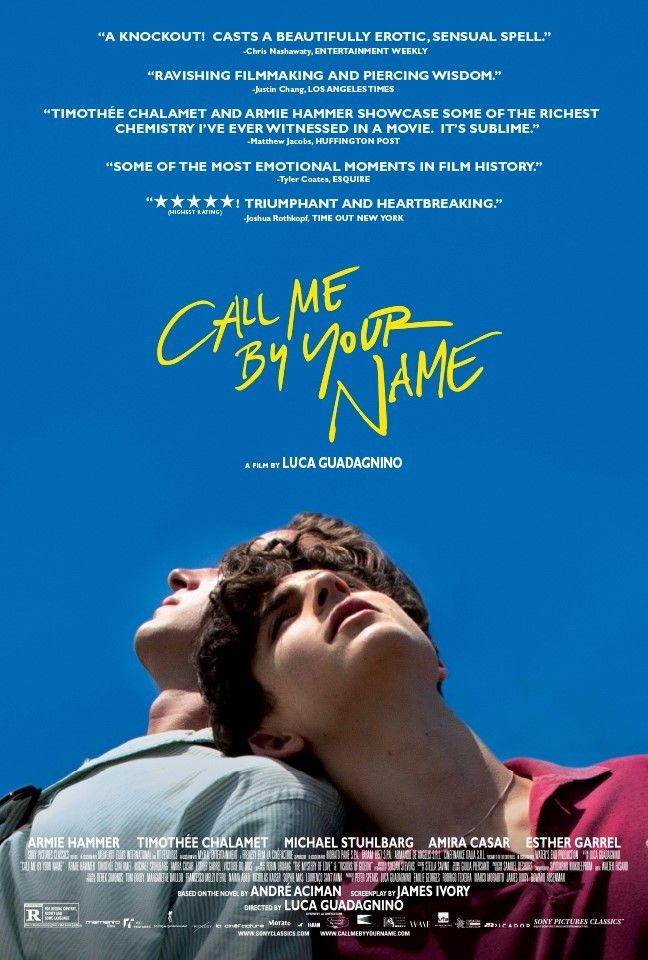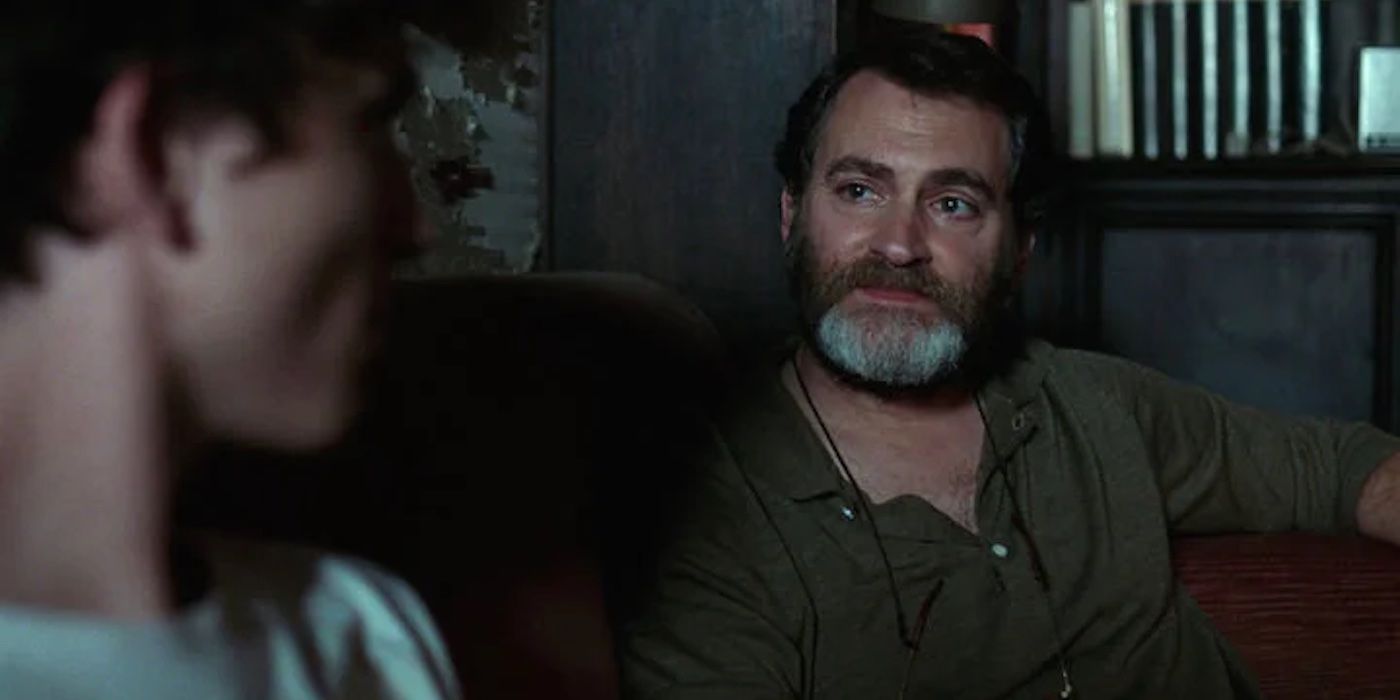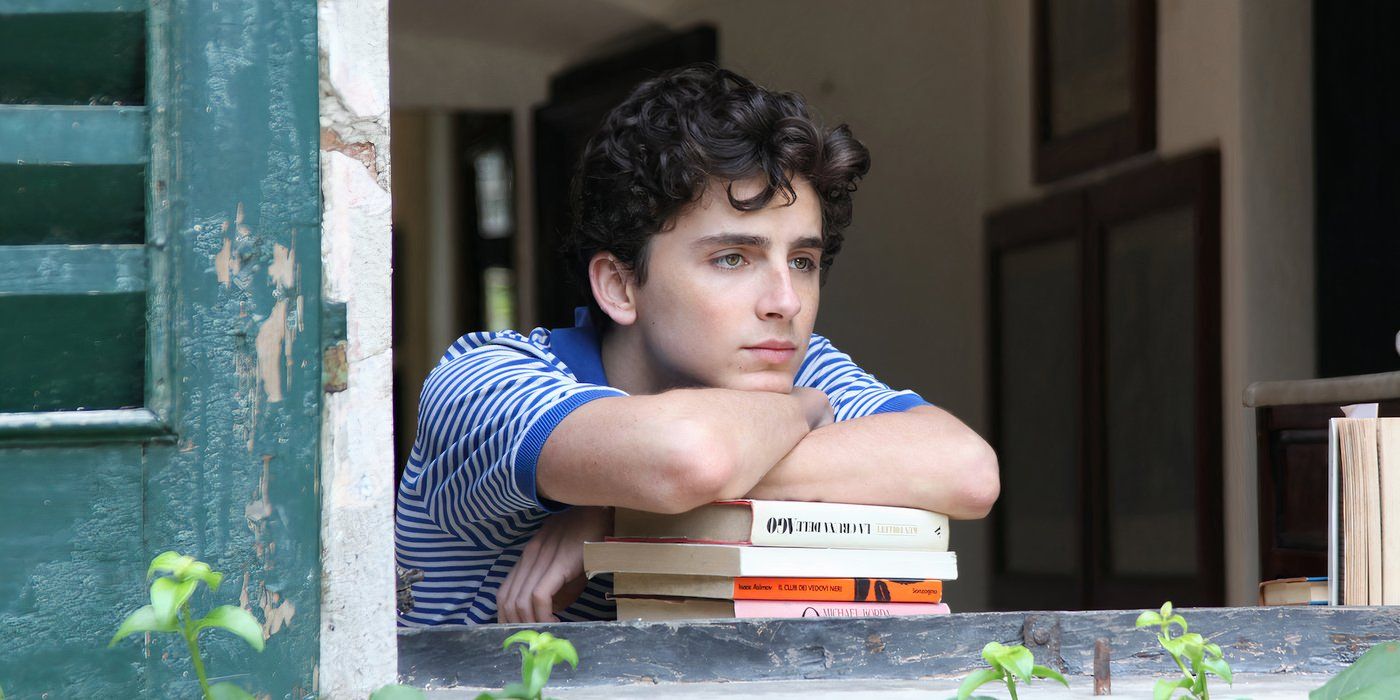The Big Picture
- Luca Guadagnino's mastery lies in creating large emotions in small moments, like the idyllic summer paradise in Call Me By Your Name.
- Despite challenges with weather and directing, the film immerses viewers with strong attention to detail and a dreamy '80s atmosphere.
- An accidental flashing effect in one scene became a meaningful addition, showcasing Guadagnino's creativity and dedication to storytelling.
Director Luca Guadagnino knows how to craft a story out of messy emotions and relationships, making everything feel larger than life. It’s why he could turn a tennis game into an explosive love triangle for Challengers, or back in 2017, how he could deliver a nostalgic summer of heartbreak that viewers could feel they experienced themselves. In the seven years since Call Me by Your Name was released, the legacy of the film and its place in queer cinema is a mixed bag. There is the controversial age gap that became even more controversial due to the allegations made against Armie Hammer. Yet, one of the film's most powerful achievements is how it draws you into an idyllic summer paradise.
There are sensual peaches and fresh apricot juice; '80s music blasts across a dance floor or plays from a static-filled radio. This, plus the lazy days of Elio (Timothée Chalamet) transcribing music under the shade of a tree or by the garden pool, was the opposite vibe to what was happening behind the camera. Call Me by Your Name may have a complicated legacy, and will continue to have one, but it almost seemed destined for it as the process of getting it made was not an easy task. There were troubles with finding the right director, the usual Italian weather took an unexpected turn during production, and in post, the footage of one scene was almost in jeopardy. Any of these problems could have derailed the making of Call Me by Your Name if not for a good amount of luck and a greater amount of creativity.

Call Me By Your Name
- Release Date
- January 19, 2018
- Director
- Luca Guadagnino
- Cast
- Armie Hammer , Timothee Chalamet , Michael Stuhlbarg , Amira Casar , Esther Garrel , Victoire Du Bois
- Runtime
- 132 minutes
- Main Genre
- Drama
- Writers
- Luca Guadagnino , James Ivory , Walter Fasano , André Aciman
- Tagline
- Is it better to speak or die?
Luca Guadagnino Wasn’t the First Pick as Director for 'Call Me By Your Name'
According to a Deadline article, it took 10 years for Call Me by Your Name to get made, with directors getting brought in and leaving the project. Towards the end, screenwriter James Ivory was nearly a co-director with Luca Guadagnino, but this didn’t come to fruition. While the project was in development hell, Guadagnino had been involved as a consultant, his role growing bigger until the project was financed when he became the sole filmmaker in charge. In a 2021 IndieWire interview, Ivory claimed he was dropped from being a co-director without a reason given as to why, but in the end, it was this decision that finally got the project moving forward.
Guadagnino changed the book’s location to the countryside of Crema, a town he knew well, and his familiarity extended to the location that was used for the Perlman estate. Watching the film, the attention to detail put on screen by Guadagnino and his crew immerses the viewer into the summer of 1983, with a location that is only introduced as, “Somewhere in Northern Italy.” In a December 2017 interview with Variety, Guadagnino talked about how his crew helped make the Perlman estate feel lived-in and like an oasis.
Inside the home, the only books included in the set were either published in 1982 or earlier, with nothing to take away from the period’s accuracy. Outside, a landscape designer was brought in to create the orchard that nourishes the Perlman estate with peaches and apricots. This is context to say the filmmaker carefully brought the world to life for the camera, but one thing he didn’t think he would have to worry about was the typical sunny, dry summer months Italy is known for when cameras rolled in May 2016. This led to major problems when the film shoot encountered bad weather. The crew were lucky if the days were overcast, because rainstorms were constant, a bit of a problem when the story called for a sun-drenched paradise, and the budget didn’t allow flexibility in its schedule.
The Filming of ‘Call Me by Your Name’ Almost Got Rained Out
In a November 2017 IndieWire interview, Guadagnino talked about the problems he faced with the weather, saying, “We had scheduled 30 days of shooting – five weeks, six day weeks – and we ended up shooting 34, of which 28 there were heavy rains.” What also didn’t help was that the filmmaker had to leave to go direct Suspiria (2018) later in the fall. The director of photography, Sayombhu Mukdeeprom, then had to figure out how to create an artificial summer out of the unusual weather the reports were calling a “once-in-century rain.” If viewers watch for it in the film, there are times when it’s apparent there are scenes that don’t have cloudless, bright blue skies. When Elio (Chalamet) and Oliver (Hammer) visit the monument of the Battle of the Piave River, on the top edge of the screen, the sky is overcast.
Despite what could have been an arduous struggle to depict the sunny landscape in Call Me by Your Name, two positives aided in this challenge: Guadagnino’s familiarity with the locations helped, especially when it came to shooting in the Perlman house; and, more importantly, Mukdeeprom had worked with rainy weather before, so he knew how to take advantage of overcast skies during rain breaks, transforming them into brighter days on the camera. Guadagnino explained to Variety, “The light was everywhere but not direct; Sayombhu always bounced light against someplace, and then it returns to the frame; this is how the light became soft. It was laborious, but the result is beautiful.” Sometimes, Mukdeepromhe didn’t use artificial lights, knowing when he could leave the footage to be fixed in post-production.

'Call Me By Your Name's Strongest Scene Is About Fatherly Acceptance
Michael Stuhlbarg's performance in 'Call Me By Your Name' is a positive portrayal of a father's acceptance.In the 2017 IndieWire interview, Mukdeepromhe attributed the success of this to his past work and the long-time relationship with his colorist Chaitawat Thrisansri, explaining how shooting in rainy Thailand helped him know, “what colors must be present on set when we shoot and which I can find later on.” When Call Me by Your Name does turn into a rainy day movie, it depicts Elio’s restless mind as he’s stuck inside, unable to figure out where Oliver has gone off to. Maintaining the sunny days is also crucial to help give the finale a bigger impact when the seasons change and winter covers the Perlman estate in snow. The weather is as important to understanding Elio as his mannerisms are when he’s goofing off or closing in on himself. The results from these efforts by Guadagnino and Mukdeeprom helped prevent the film shoot from getting too chaotic. But during post-production, another problem hit.
Luca Guadagnino Left in a Scene That Had a Beautiful Mistake
When Elio waits around outside for Oliver to show up, the scene is already framed with a great sense of style, where the branches of trees arch the leaves over the lonely Elio. He waits and waits, but Oliver doesn’t appear. The quiet of the scene is taken over by Sufjan Stevens’ “Futile Devices,” before green and blue suddenly flash onto the screen, with glimpses of film celluloid slipping in. One way to read into this scene can be based on a certain necklace. Oliver wears his Star of David with pride, something Elio begins to copy. When “Futile Devices” plays, Elio’s necklace dangles and the silver of the pendant glints as it catches the light. The flashing that suddenly appears could represent how overwhelming Elio’s feelings are getting for Oliver, but this reading or any other was not intended.
The film stock of the footage was damaged by a development error that caused the flashing effect. It could have been an insurance nightmare for the film lab, but Luca Guadagnino's immense knowledge of cinema saw an opportunity. When the audience asked questions during a NYFF interview, the director talked about how he was inspired by what Martin Scorsese did at the end of The Last Temptation of Christ (1988). In the final minutes, Willem Defoe’s messiah understands his purpose and once he dies on the cross, the image flairs up. White, magenta, blue, and red are colors that flash on wildly before the film perforations (the holes in the film stock) are seen along the right side of the frame. Guadagnino didn’t mention this in his interview, so he might not have known, but this wasn’t done intentionally by Scorsese either.
In an A24 podcast interview, around the 35-minute mark, Scorsese revealed that the flashing was an error when the assistant cameraman had accidentally opened the camera, exposing the footage of the best take. When Martin Scorsese saw the aftermath, he loved it. With this inspiration in mind, Guadagnino saw how the flashes in his film could be saved from being tossed out as a mistake. He felt they matched Elio's feelings, and by keeping the error in, the effect adds to the movie’s dreamy “summer of the past” vibe, along with Sufjan Stevens’ music that is heard.
At various points during the making of Call Me by Your Name, things could have gone badly and led to a film that is not as memorable as it became. Even though plans fell through for co-directing, James Ivory would be awarded an Oscar for his screenwriting. The fact there wasn’t an authentic Italian summer during the entirety of filming is not obvious when the weather on-screen looks sunny, beautiful, and inviting. The days at the Perlman estate consist of meals that are held outside and trips to secret water spots. While the behind-the-scene obstacles could stress anyone out who knows how unforgiving a film set can be, creativity and a happy accident gave it the best kind of movie magic.
Call Me by Your Name is streaming on Prime Video.

